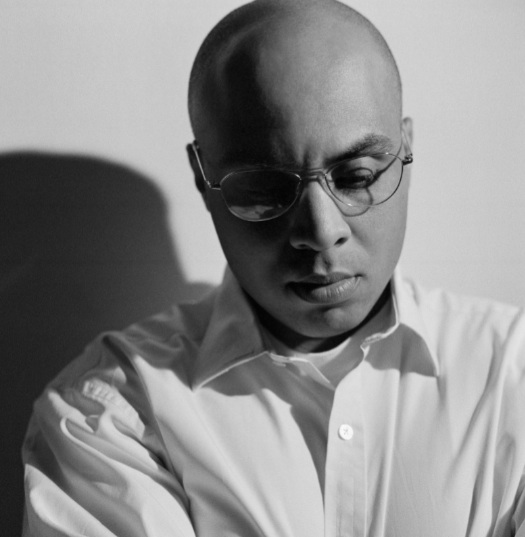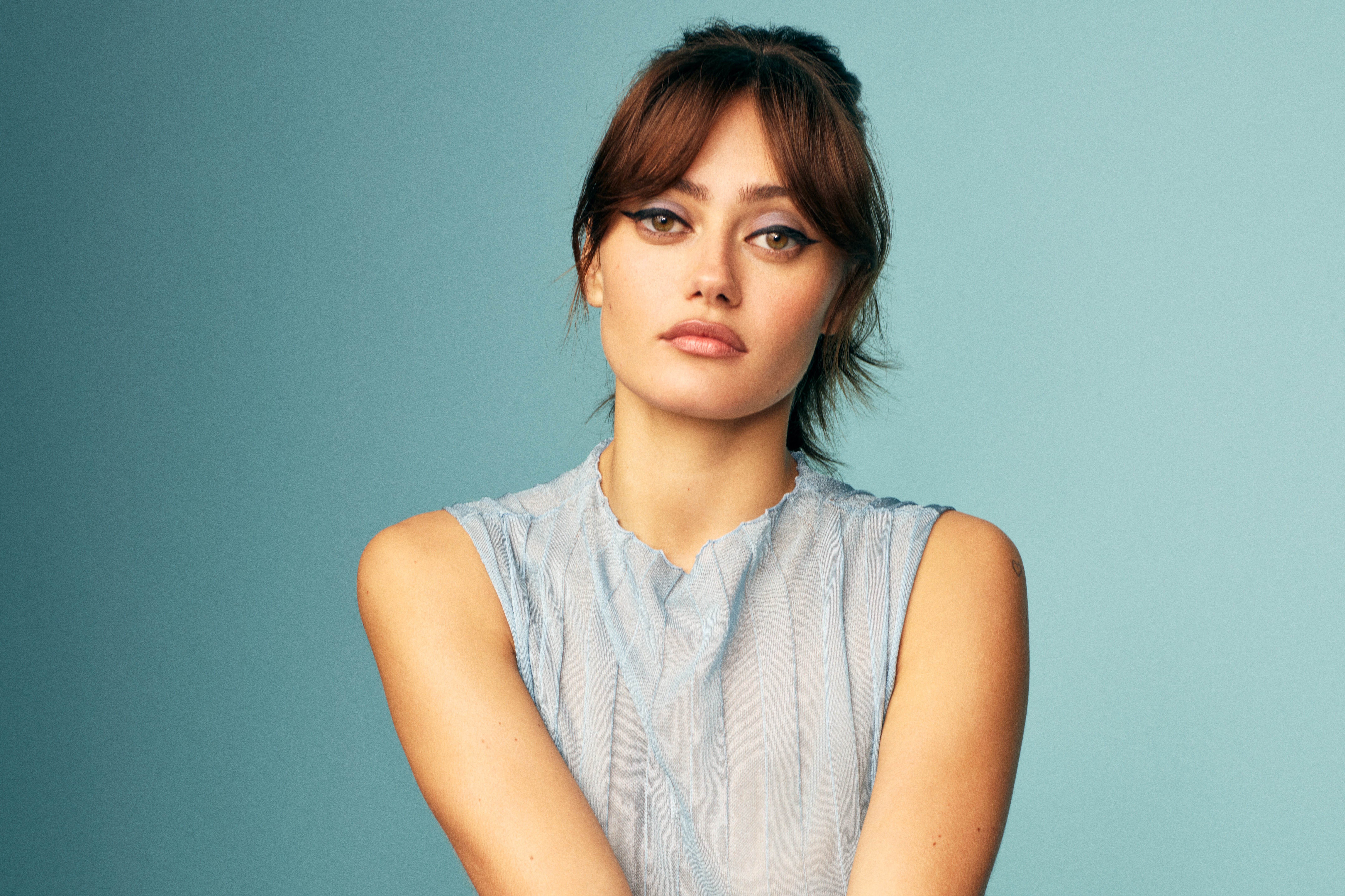Believe the Hype

PHOTO COURTESY OF HYPE WILLIAMS
Legendary music video and film director Hype Williams is the man behind the music video for almost every ass-shaking hip-hop megahit of the last two decades—starting in 1991 with BWP’s “We Want Money,” and continuing right up through this year, with Lil Wayne’s video for “6 Foot 7 Foot,” which premiered earlier this month. (We’re so obsessed with the video that we created a guide to sampling its fashion.) He’s a man with an inimitable style, and an enviable Rolodex—in ’95 alone, he filmed nearly 30 videos for acts from Brandy to Boyz II Men to Outkast to ODB, and he hasn’t slowed down since. We chatted with Hype about the “6 Foot 7 Foot” video, the directors who influenced him, being the last of the Mohicans, and the first time he met Lil Wayne—which obviously involved the Diddy Jet).
ALEXANDRIA SYMONDS: Hi Hype! How’s it going?
HYPE WILLIAMS: Hi!
SYMONDS: This is your twentieth year directing music videos—is that right?
WILLIAMS: Yes—sounds a little crazy…
SYMONDS: How do you first approach a song that you’re going to make a video for? How do you keep them all looking different when you do 10 or 20 in a year?
WILLIAMS: Well, I’m a music guy, actually. So, I’m probably one of the last of the Mohicans that really focuses up on what something sounds like first, and then what it looks like second. Breaking it down, the simplicity of it—it’s technically a “music video,” so it’s music first and visuals are supposed to come after, and actually, more function as a complement. This is how I think, so I basically really focus up on what the song is, what it means to people, and try to create something visually that functions or serves as like a—helper. You know what I mean? At the end of the day, what we do is technically supposed to be a marketing tool as well as something creative, so I just look at it like that—how can I best serve the record?
SYMONDS: You do a really good job of striking that balance.
WILLIAMS: Well, as I said, I’m the last of the Mohicans in that respect, because nowadays people just get a camera and they shoot some shit; and some people are singing, and they dance a little bit, and there’s an idea somehow. Or not—but you know, at the end of the day, this is not like it used to be, where someone like me would have the job to communicate whatever it is I’m supposed to communicate. [laughs]
SYMONDS: Right. When do you feel like the heyday of the music video was, when people were working more in the way that you do?
WILLIAMS: Man, it was before me, actually. It was guys like David Fincher, Mark Romanek, Stéphane Sednaoui, Jean-Paul Goude, Jean-Baptiste Mondino. All of these are guys who—mid to late ’80s—developed a real strong sense of how to communicate whatever their artist was at the time, or meant to the people at the time, in conjunction with what the music was or meant to people at the time. So I’m really the baby of that era.
SYMONDS: Do you remember when you met Lil Wayne?
WILLIAMS: Man, I met Lil Wayne, shit, I wanna say 15, 16 years ago.
SYMONDS: Wow.
WILLIAMS: They had a group called The Hot Boys, and he was just a kid back then, but Slim and Baby [Williams] were pushing another artist named Juvenile, at the time, and The Hot Boys was like the young kind of follow-up group to what Juvenile was. And they all used to hang out with Puff, pretty heavy. And they were all on the Diddy Jet one time, and that’s how I met him. He just was like a kid.
SYMONDS: So you’ve sort of watched him grow up? He was, what, 15 when he joined The Hot Boys?
WILLIAMS: No, let me be clear, that was a chance meeting.
SYMONDS: Oh, okay.
WILLIAMS: The Cash Money movement from Louisiana, I kind of missed that, so I just kind of [by] chance met him with Puff on the Diddy Jet one time. And then I always remember, for years, watching him as an artist, I kind of watched him from across the room—the music-business room.
SYMONDS: And then you guys worked together in 2008, right?
WILLIAMS: That was the first time, maybe ever, I had him in front of my camera. It was—again, it was a Diddy thing in 2009. He had a chance little part in one of the Diddy-Dirty Money records, and I got to shoot it. And that was it.
SYMONDS: To talk about the “6 Foot, 7 Foot” video, can you walk me through the process of how you guys came up with the concept and everything?
WILLIAMS: Well, he called me, we had a meeting—he came down to Miami and wanted to do something different. The first time we ever got to work together, he played me the record. I just thought we should take the opportunity and do something that was more of an art piece than what he had done before in a music video, which is just more photography-based, more concept-based, and lyric-based, and not necessarily just catching him on camera. I mean, at this point, he’s like a giant already, so he really didn’t need me to shoot the video. I thought I might properly serve him and the record by doing something that was more specific to the sound of the record. I really thought I could serve him, and where he is as an artist, better that way.
SYMONDS: It’s a really cool video. How did you decide to do the Inception homage?
WILLIAMS: The Inception of it all was his idea, basically. That was really what he had wanted from the beginning, so I can’t take credit for that. When he called me, he really thought that that’s what the record sounded like for him. So I would take something that was important to him, and communicate it in a way that I best could.
SYMONDS: So he was the one who told you that he wanted to pay a little respect to the movie?
WILLIAMS: Yeah.
SYMONDS: So your other big project in the last year or so was that you wrote the script for Kanye West’s short film, Runaway—I know that Kanye wrote the story, and then you wrote the script, and then he directed it. How did that all work?
WILLIAMS: Oh man, it wasn’t really that complicated! I had a little house upstate in New York, he came up for a visit. I had a little guest house, and we sat in the guest house for a couple days, and we just talked about ideas, and I wrote it. So it wasn’t really that plotted out or planned out—he already had wanted to do something big like that, but we just basically just sat in a room together for the earlier part of the summer last year and just nailed it.
SYMONDS: I would have loved to have been a fly on the wall in that room.
WILLIAMS: Basically, we had a whole bunch of pictures of real moody stuff, and it just all was relative to what he wanted to do. And originally I was meant to be the director, but I just—I probably couldn’t have communicated it as well as he did.
SYMONDS: It seemed like he had a very specific vision for it.
WILLIAMS: Yeah. Everything is very specific with me. Sometimes that’s a good thing and sometimes that’s a bad thing.
SYMONDS: I’m sure it errs on the side of the good.
WILLIAMS: [laughs]
SYMONDS: You’ve worked with pretty much every huge artist in hip-hop over the last 20 years. Who’s been your favorite?
WILLIAMS: Um, in hop-hop, I have to say it’s Kanye, because we just gel really well together. But it’s also Jay because we started around the same time so it’s like, he lets me do what I do, and I have no problem filming what he does. In R&B, it’s Beyonce. She, hands-down, to me is the most fun to work with. She’s just a different kind of artist—really, super, super… submissive. She wants to get the best out of whoever she’s working with, so she doesn’t come across like a diva at all.She works harder than anybody I’ve ever seen.
SYMONDS: I’m glad to hear that. Do you want to tell us anything about what you’ve got coming up?
WILLIAMS: Uh, not really. I like to keep everybody kind of just watching for it. I’m really more of an artist, and just kind of like to do my work and let people look at the painting hanging on the wall.






